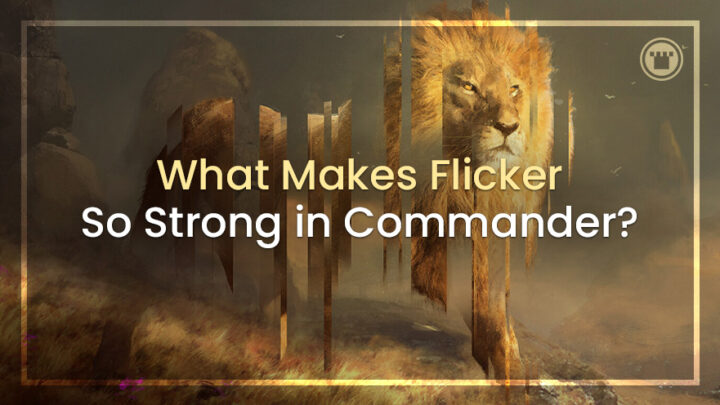Magic has been around for long enough to spin off hundreds of unique mechanics, each with its own unique advantages, dedicated support cards and memorable payoffs. But when you throw them all together in the grand melting pot that is Commander, a few mechanics clearly stand out from the pack. They offer versatile deck building options, consistent performance in different areas of the game and power ceilings which border on unbeatable. Today we’re talking about the Flicker mechanic in Commander.
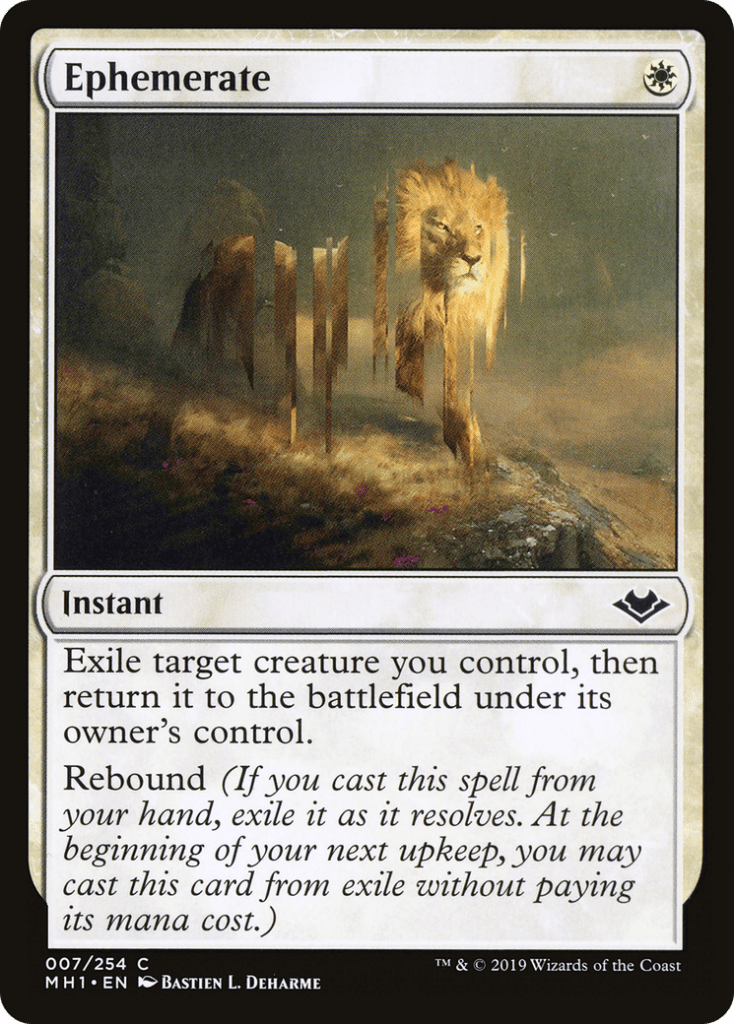
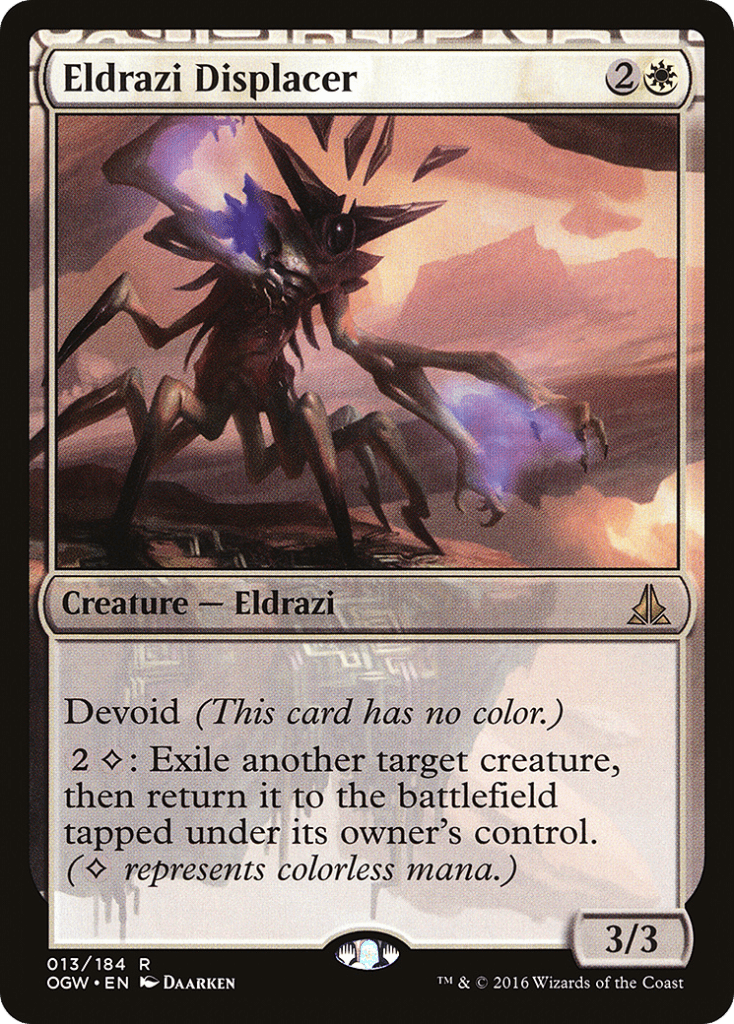
Flicker is one of the few mechanics that can claim an even broader range of potential uses when compared to something like Proliferate. But it’s also by far the most risky and “fair” of Magic’s S-tier mechanics, leading unwary players into collapses just as spectacular as the victories it can produce in expert hands.
What about Flicker makes these decks so versatile and volatile? How can you change your play to get the most out of them? And what are some of the best options for building dedicated Flicker decks in Commander today?
THE ULTIMATE MULTIPLIER
“Flicker” isn’t a term you’ll find in the Magic complete rules, but it’s widely understood as shorthand for “exiling a permanent from the battlefield briefly and then returning it”. The term “Blink” is also used, either to distinguish between slightly different versions of the effect or just by individual preference.

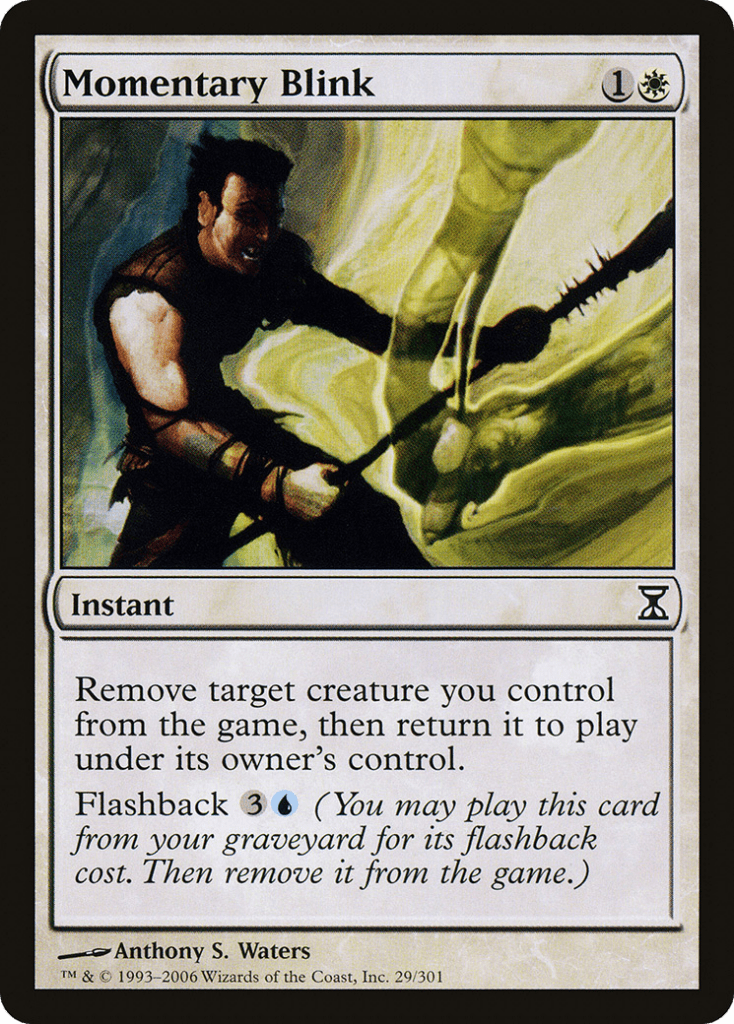
Unassuming at first glance and rarely priced above two mana, instant-speed flickering is nevertheless immensely powerful as both a proactive and reactive effect.
These are just some of the potential benefits to be gained by flickering a creature:
- Counter spells and abilities on the stack targeting that creature.
- If it’s an enemy token, permanently exile it.
- Remove/reset all counters, auras, equipment, mutations and ongoing effects (including control-changes and marked damage) from that creature.
- Untap that creature and remove it from combat, preventing damage it would deal or receive. Or if used before combat, prevent it from attacking at all by giving it summoning sickness.
- Cheaply and immediately trigger any “leaves the battlefield” or “enters the battlefield” abilities on that creature.
The last one is the most essential, particularly in Commander where powerful triggers are ubiquitous and having options at instant speed is essential to navigating multiplayer politics.
When considered together, these myriad subtleties allow flicker spells to replicate the “no right answers” play pattern of blue control. If you try to do something on your turn, the flicker spell will probably have a way of interrupting it. And if you don’t do something, the same flicker spell can be used to generate value in your end step at no loss to its controller!
It really is hard to overstate how much higher the ceiling is on Ephemerate compared to Giant Growth, or even the revered Lightning Bolt. However, we do also need to acknowledge its floor. Because even as open as some flicker spells can be in their timing and targeting, their impact will always be defined in relation to the permanents they’re acting upon.
In the equation of power, flicker effects are strictly a force-multiplier; adding little to nothing on their own but creating huge efficiency gains whenever they can recur, protect or fizzle a more important card for a fraction of its total mana cost. Combined with how significantly the timing of the spell can alter its impact, you get the broadest delta of possible effectiveness among all mechanics.
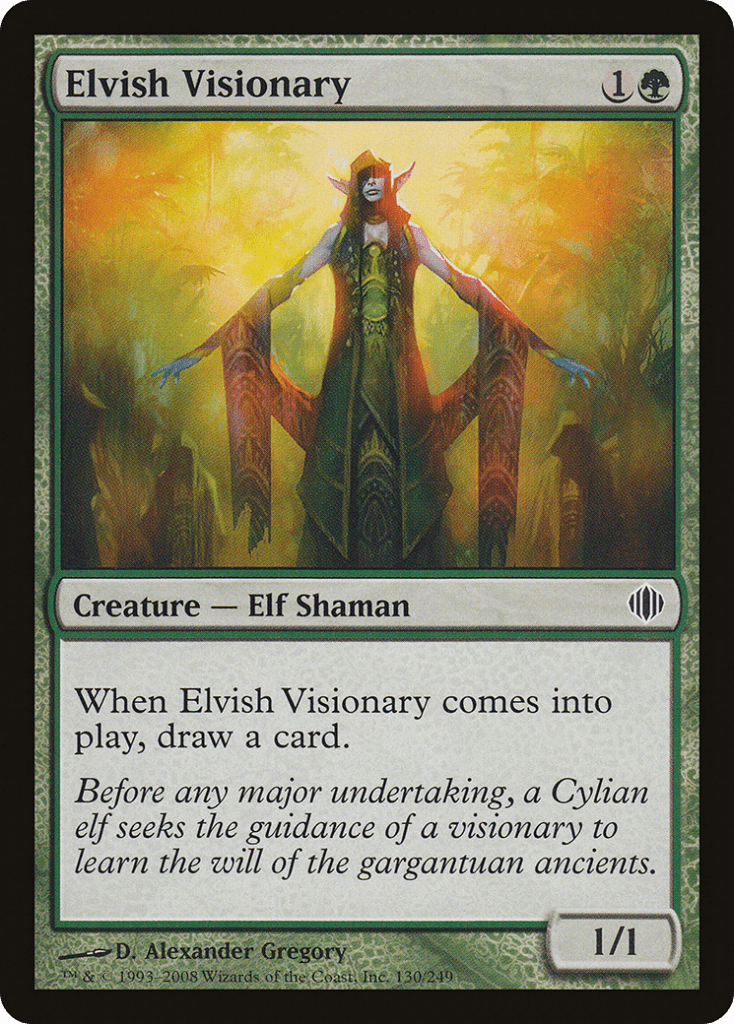
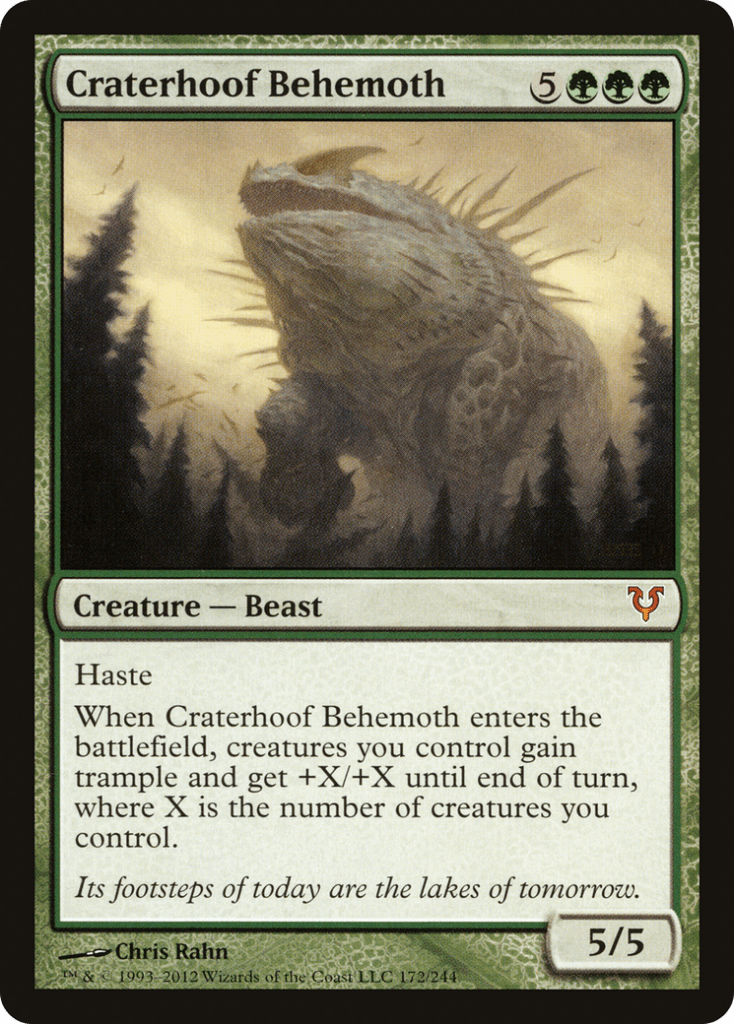
But the worst-case scenario for flicker decks isn’t just being stuck with a lackluster target, or even running out of targets entirely. The actual floor here is if another player figures you out, and can then react to your attempts at flickering with removal — a classic two-for-one.
So we have a mechanic that is extremely good at reacting to various opposing plays, but very open to being reacted to itself. Flicker decks are all about securing this second-mover advantage, which means they’re very strong when they can take an early lead and use that advantage to pressure an opponent into making a play without committing their flicker effects.
Of course, if you’re feeling less charitable, you could also characterize them as being dependent on momentum and bad at playing from behind. Taking the lead early isn’t trivial for them, either. In those early turns where mana is limited, it is much harder to both advance your board state and still hold up flicker effects for defense.
If the flicker player cannot get some valuable targets onto the battlefield and keep them there, they can’t reach that efficiency breakpoint where they begin recurring high-impact ETB triggers to advance their board at instant speed instead.
SLIDING SCALES
Actually building a Commander deck around flicker exposes a less obvious downside: flicker spells are often a finite resource. Perhaps it’s due to the high combo potential or timing-dependent nature of the mechanic, but there aren’t a lot of cards that can generate repeated uses of flicker, and even those that exist usually carry heavy costs or usage restrictions.
There’s not even as many once-use flicker effects as you probably think. They were very uncommon in the first 15 years of Magic, and then recently Wizards of the Coast has reintroduced phasing to replace many types of card where flicker was previously used.
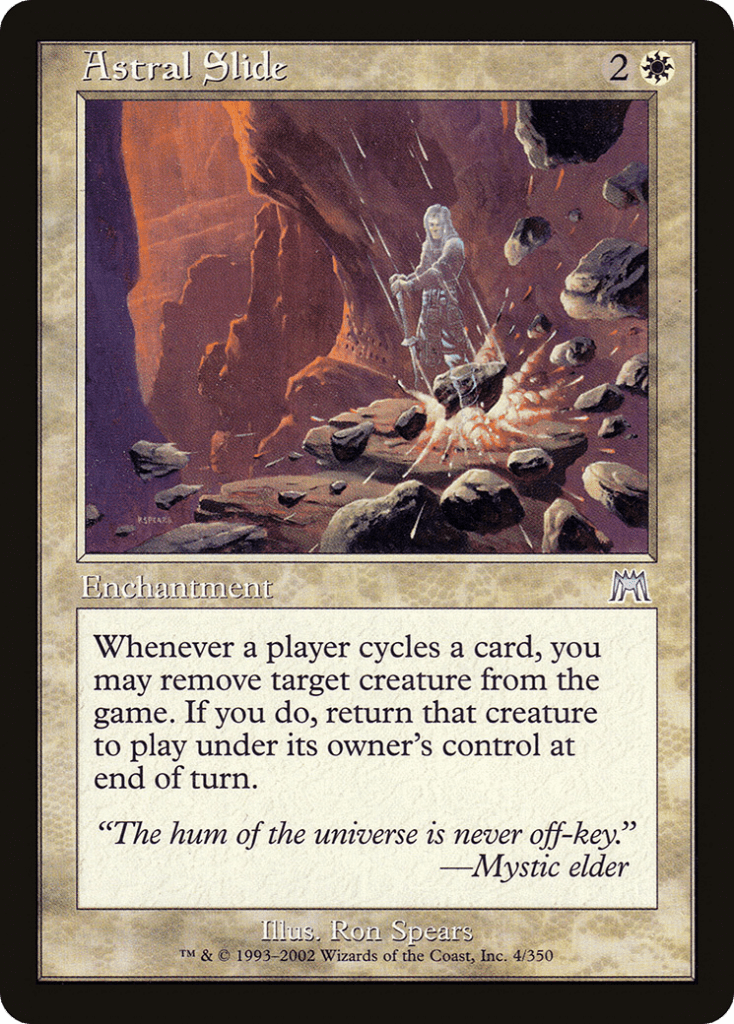
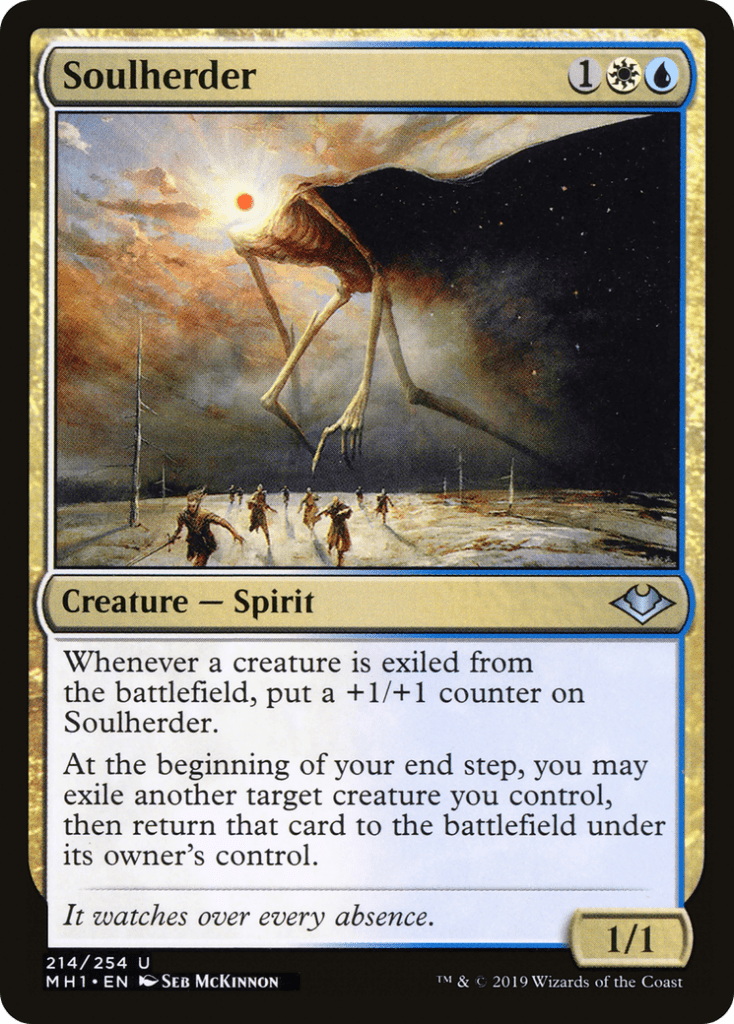
In any case, these one-use flicker cards almost never do anything else to impact the game, so increasing their density to have access to them all the time is filling your deck up with situationally-useless cards. It’s no surprise, then, that the most successful flicker decks in tournament Magic history have been defined by their access to efficient, repeatable flicker engines: Astral Slide and Soulherder.
These reliable workhorses are the real core of a successful flicker deck. Even a card like Soulherder, which cannot itself react to opposing plays at instant speed, fulfills the proactive “flicker for value” part of the game plan every turn for zero mana. That means you can save all your other cards and mana to stare down the opponent.
These cards also save you from needing to dilute your deck with quite so many of those one-use flicker spells, so you can play more actual staples (which just happen to also be good flicker targets).
So if you really want to make flicker the core of your new deck, you should probably start by grabbing any similar engine cards you can. Since we’re playing Commander, the absolute ideal scenario is to have that flicker-engine in your command zone. With access to that piece of the puzzle guaranteed, you could more or less fill the rest of the deck with good ETB effects and call things done.

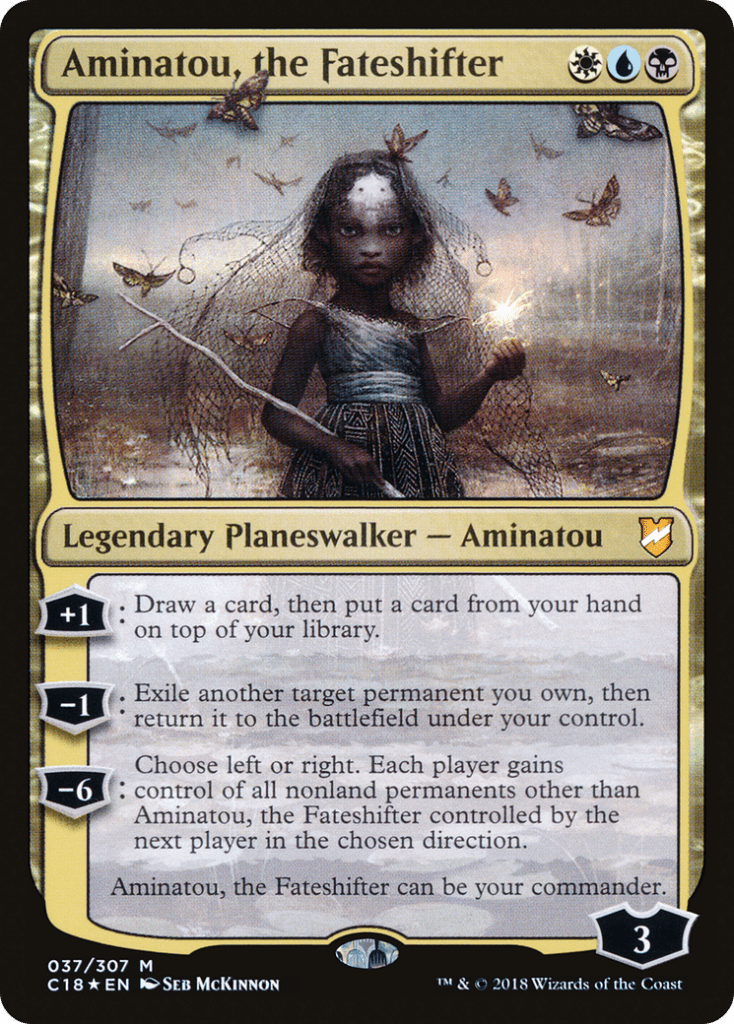
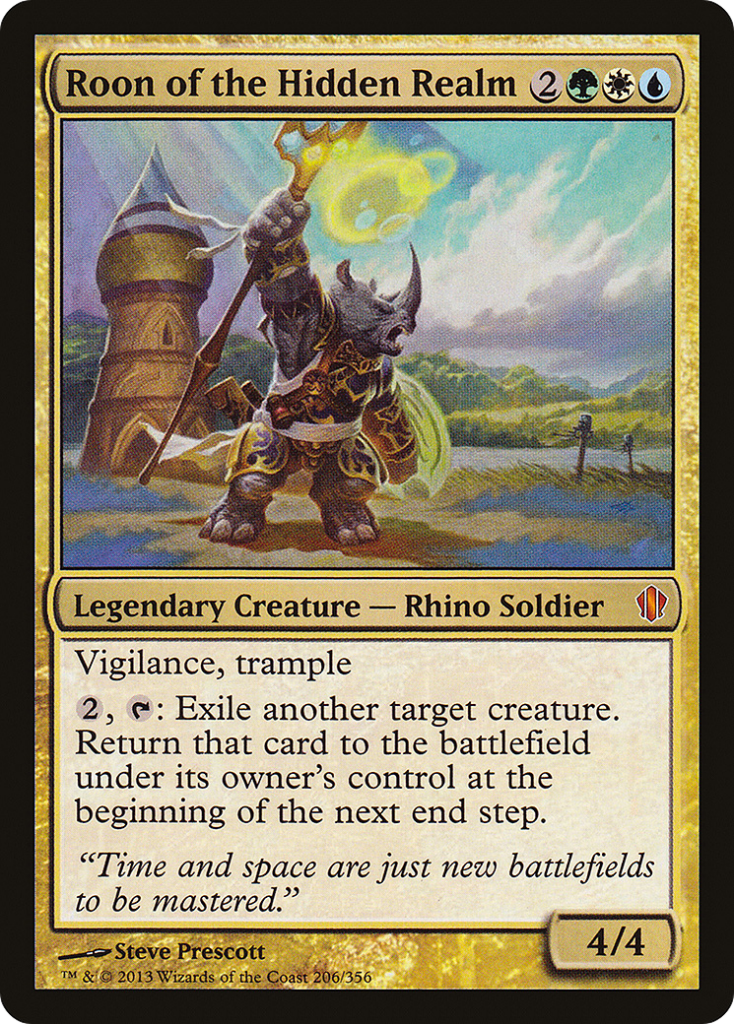
Current choices for a commander who can repeatedly flicker your permanents are as follows:
- Brago, King Eternal
- Aminatou, the Fateshifter
- Emiel the Blessed
- Meneldor, Swift Savior
- Roon of the Hidden Realm
- Oji, the Exquisite Blade
- Thassa, Deep-Dwelling
- Gilraen, Dunedain Protector
- Far Traveler
- Feather, the Redeemed
Almost all flicker-capable commanders feature white in their color identity, which makes sense and is highly recommended given that a high percentage of other flicker spells are white. But having the broader color access granted by Roon or Aminatou is still a very significant advantage when you’re looking for high-value targets to round out the build.
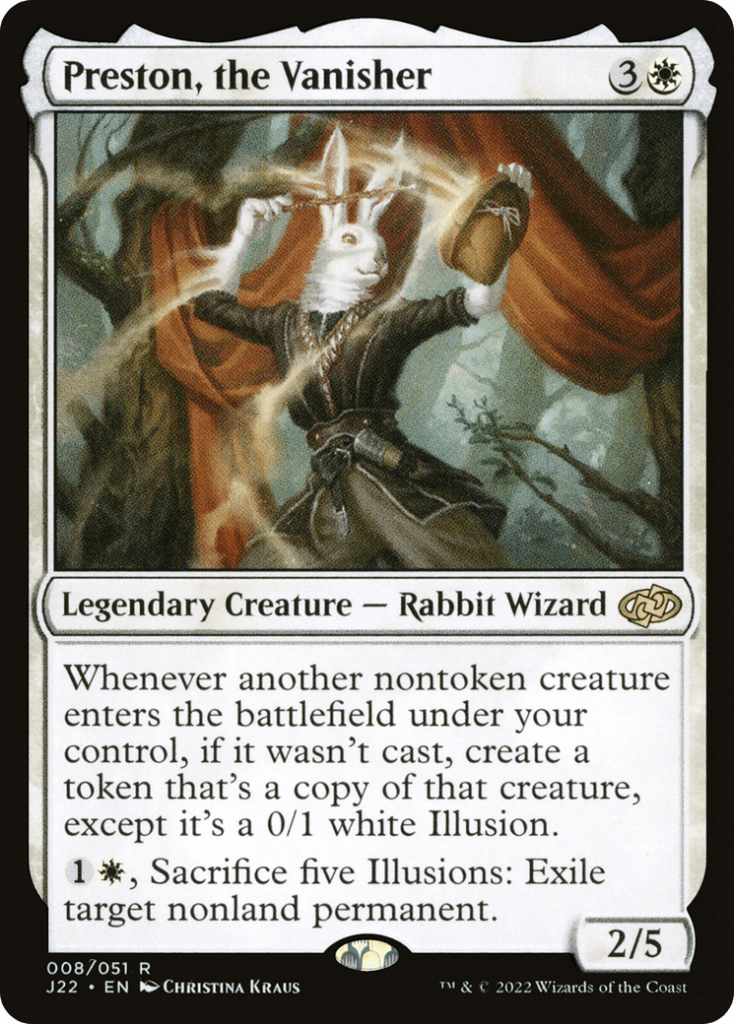

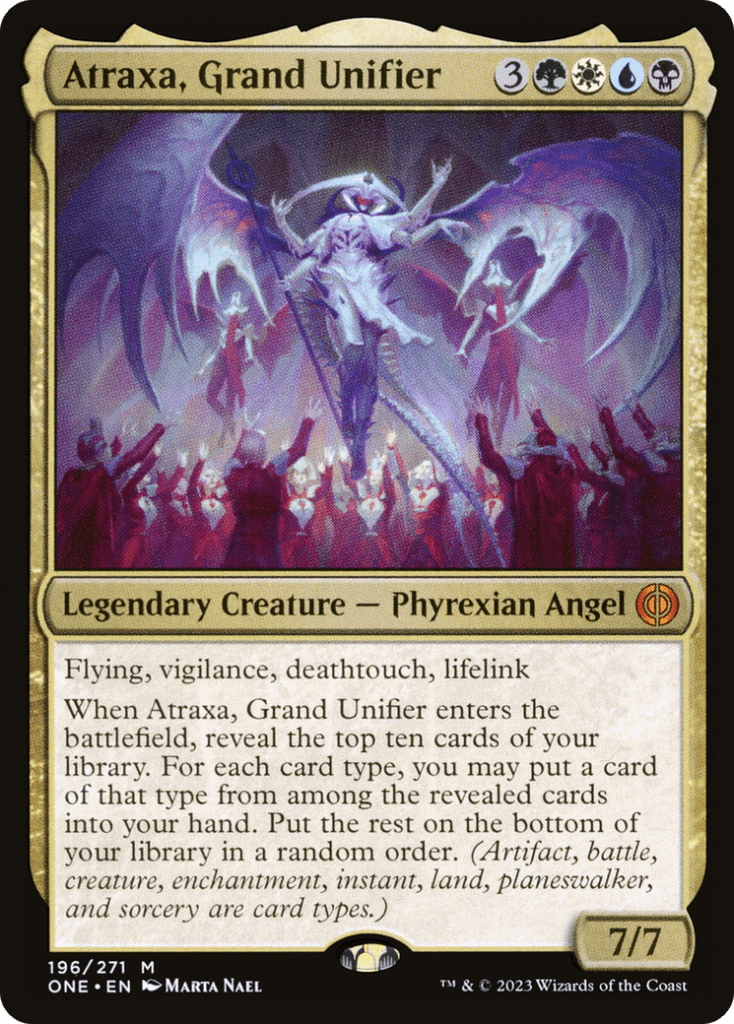
If none of those leaders are quite to your liking, you can also run a Commander who increases the value of your other flicker effects — either providing a target themselves, or adding upside to other targets being flickered.
This category of commanders is obviously much wider, so these are just some of the highlights. Honestly, most Commander decks could probably be built to focus on flicker value if they have access to white or blue mana.
Take that as a testament to how overwhelmingly powerful this kind of gameplay can be. There’s even some ways to build around exclusively flickering your opponent’s cards and then punishing them for it!
FLICKERING OUT
Flicker has so much going for it within the context of current Commander-centric Magic design. For starters, the density of triggered abilities that play well alongside Flicker seems to only get higher with every new set.
In my Commander decks, it’s harder to find a card that can’t be flickered for significant value. The power of flicker scales up immensely based on the other cards you’re running, unlocking huge mana-efficiency potential by recurring/preserving expensive cards for just one or two mana.
Including flicker also lets you add more reactive spells to your deck without sacrificing potential for proactive plays. In fact, it often lets you combine the two, since flickering an ETB creature to save it from removal still recurs the trigger.
Not only is it a valuable form of flexible instant-speed play for decks/colors often lacking that kind of thing, but Flicker also turns any triggered abilities into potential instant-speed reactions for an even broader set of options!

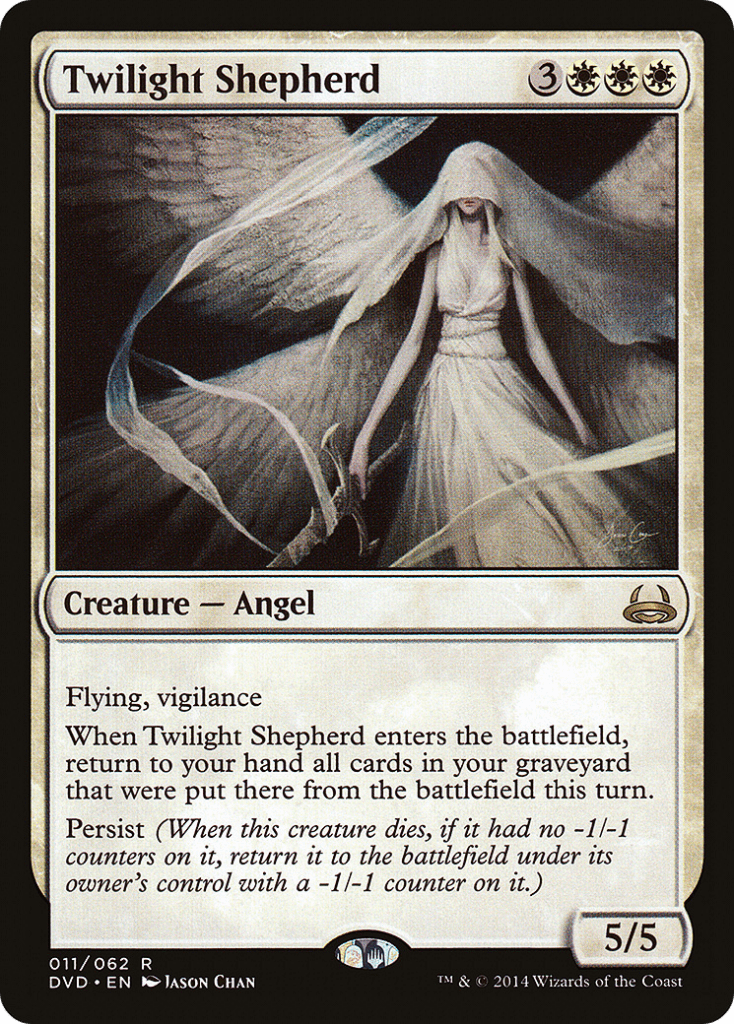
This combination of opportunistic, uncapped potential and incredibly flexible play patterns that guarantee some level of impact make it a perfect Commander mechanic, and a hell of a lot of fun to play. When the biggest deckbuilding issue for Flicker is that you always want more ways to trigger it, that’s an S-tier kind of problem to have.

Tom’s fate was sealed in 7th grade when his friend lent him a pile of commons to play Magic. He quickly picked up Boros and Orzhov decks in Ravnica block and has remained a staunch white magician ever since. A fan of all Constructed formats, he enjoys studying the history of the tournament meta. He specializes in midrange decks, especially Death & Taxes and Martyr Proc. One day, he swears he will win an MCQ with Evershrike. Ask him how at @AWanderingBard, or watch him stream Magic at twitch.tv/TheWanderingBard.

